
Palacio de Aguas Corrientes (Museo del Agua) Buenos Aires
A stunning terra-cotta palace that's secretly a monumental water pumping station and museum, showcasing Buenos Aires' engineering history.
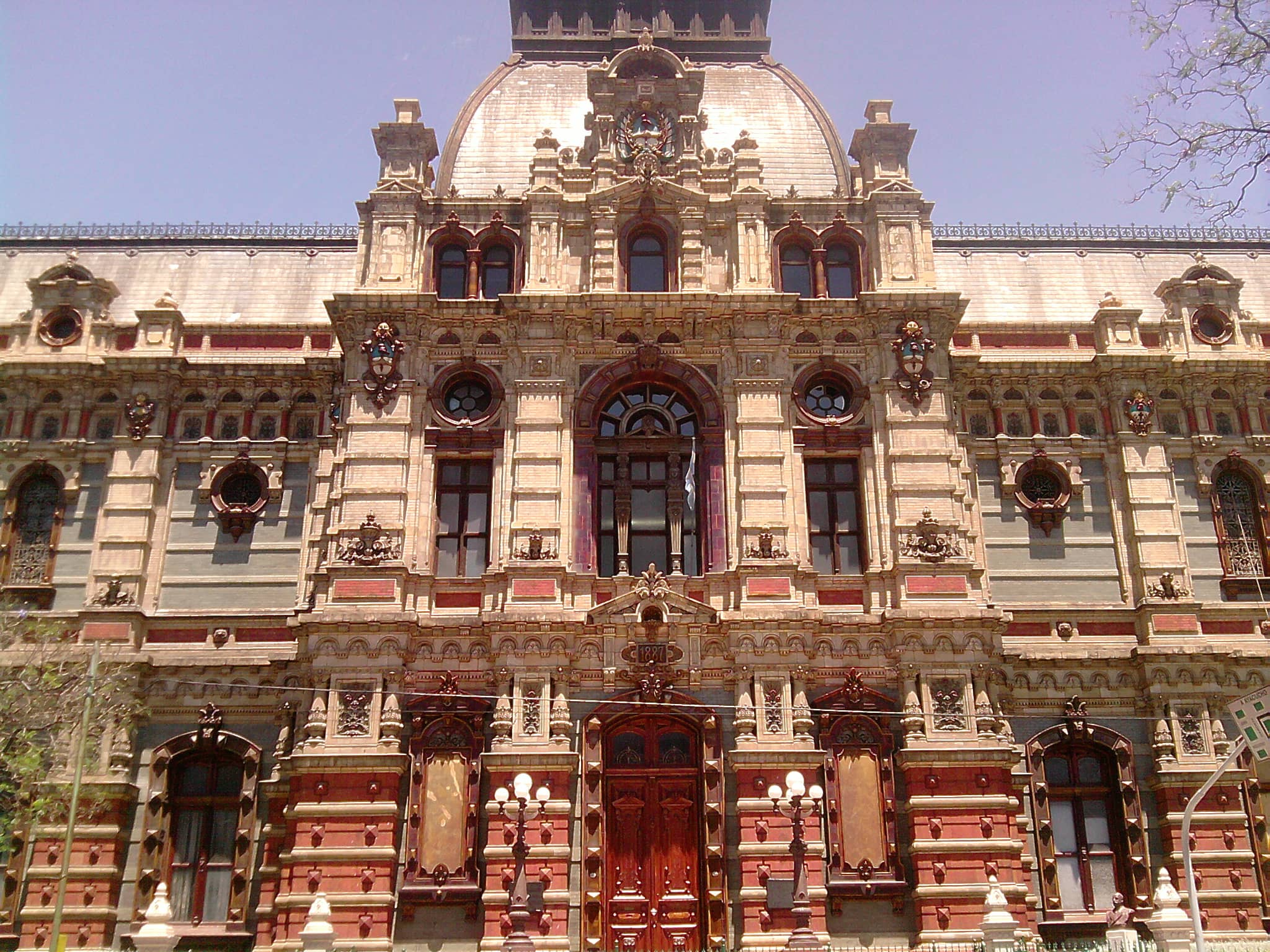
Highlights
Must-see attractions
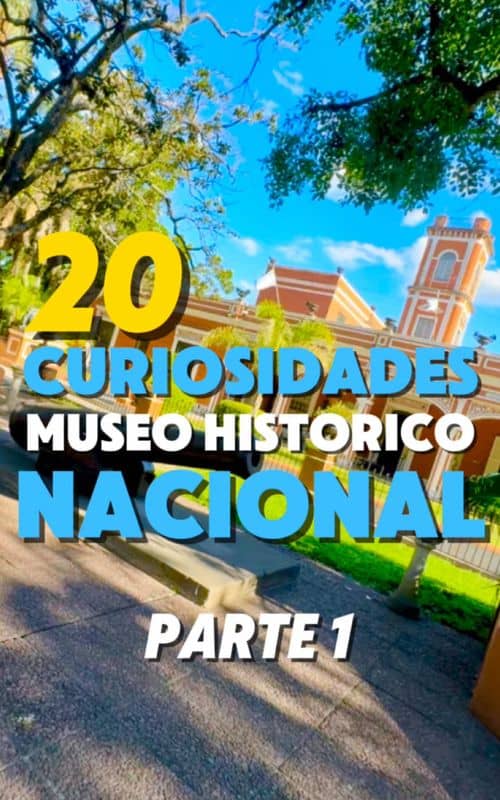
Social
From TikTok & Reddit
Best Time
Guided tours available

Palacio de Aguas Corrientes (Museo del Agua) Buenos Aires
Best Time
Guided tours available

Highlights
Must-see attractions
A stunning terra-cotta palace that's secretly a monumental water pumping station and museum, showcasing Buenos Aires' engineering history.
"An absolute palace and engineering marvel in every sense, truly a 'must go' when in Buenos Aires."
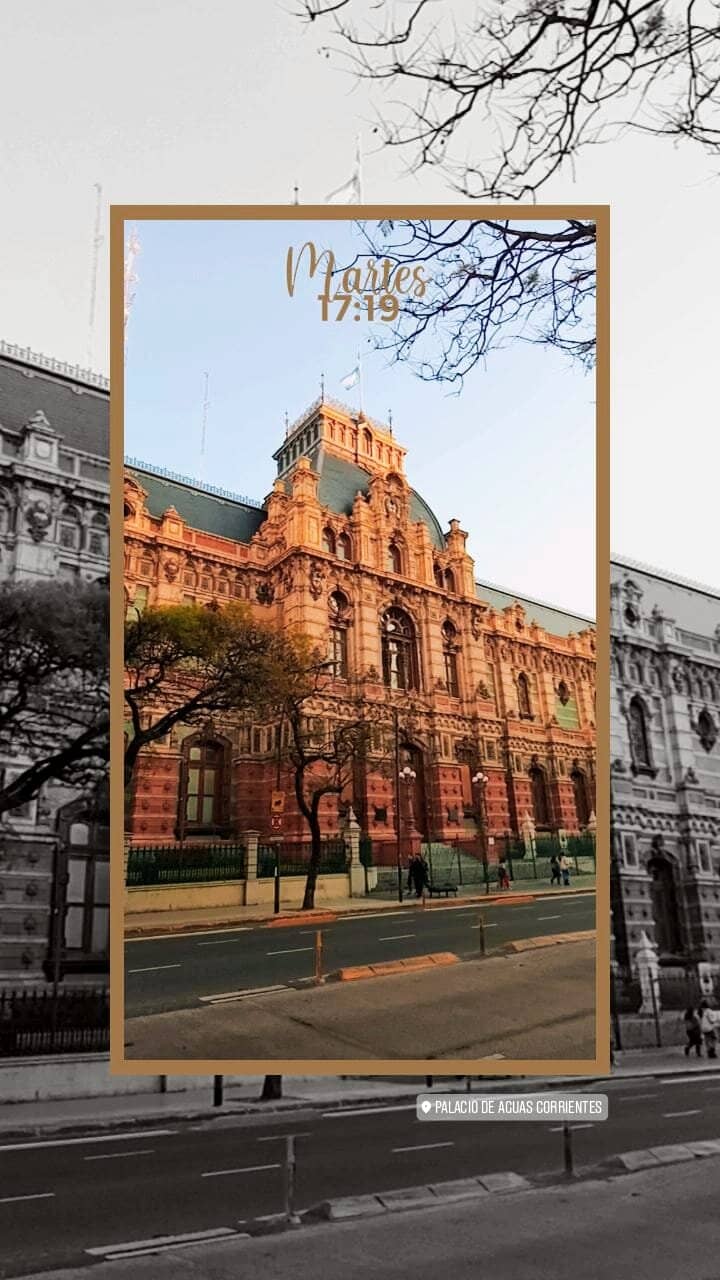
🎯 Free Entry & Tours
Admission is free! Guided tours are also free and highly recommended for the full experience.
⏰ Check Tour Times
Tours are offered on weekdays. Confirm schedules as they can vary.
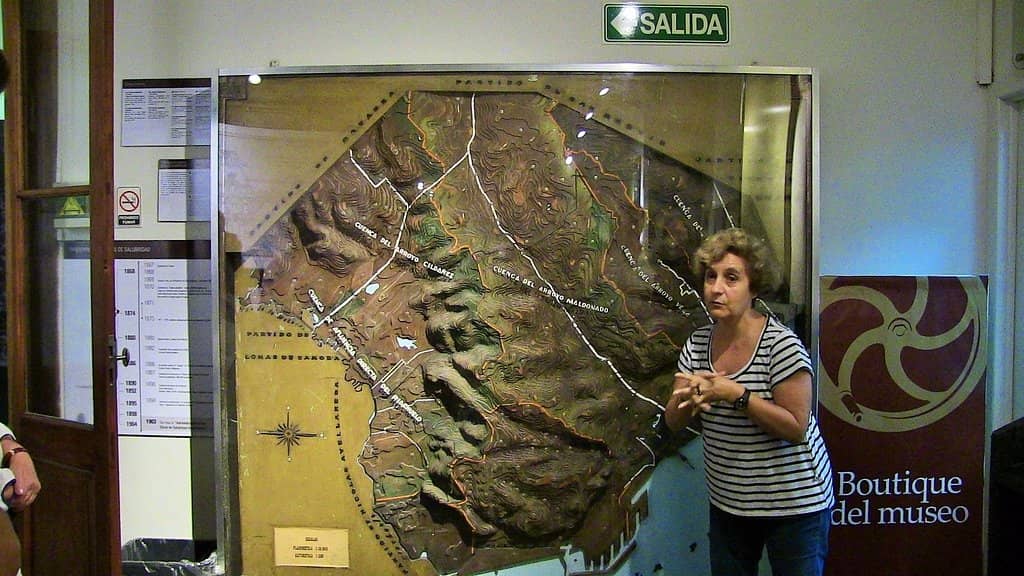
Highlights
Discover the most iconic attractions and experiences

Palatial Facade
Exterior
A breathtaking terra-cotta facade that looks like a royal palace, hiding its utilitarian purpose.

The Grand Water Tanks
Interior Galleries
Explore the immense interior galleries housing colossal water tanks, a testament to engineering prowess.

Water History Museum
Museum Area
Discover the fascinating history of water and sanitation in Buenos Aires through informative exhibits.
Plans like a pro.
Thinks like you
Planning Your Visit
Book Your Free Guided Tour
Understand Its Dual Purpose
Best Times
Insider Tips
from TikTok, Instagram & Reddit
🎯 Free Entry & Tours
Admission is free! Guided tours are also free and highly recommended for the full experience.
⏰ Check Tour Times
Tours are offered on weekdays. Confirm schedules as they can vary.
🗣️ Language of Tours
Tours are primarily in Spanish, but some panels are in English.
👟 Comfortable Shoes
You'll be doing a fair bit of walking to explore the vast interior. :athletic_shoe:
Tips
from all over the internet
🎯 Free Entry & Tours
Admission is free! Guided tours are also free and highly recommended for the full experience.
⏰ Check Tour Times
Tours are offered on weekdays. Confirm schedules as they can vary.
🗣️ Language of Tours
Tours are primarily in Spanish, but some panels are in English.
👟 Comfortable Shoes
You'll be doing a fair bit of walking to explore the vast interior. :athletic_shoe:
📸 Capture the Architecture
The building's exterior and interior are incredibly photogenic. :camerawithflash:
What Travellers Say
Reviews Summary
Visitors consistently praise the Palacio de Aguas Corrientes as an architectural marvel and an engineering feat, often calling it a 'must-go' in Buenos Aires. The free entry and informative guided tours are frequently highlighted as major positives, offering a fascinating look into the city's water history. While the museum is small, its content is engaging, and the building's grandeur is undeniable.
"An absolute palace and engineering marvel in every sense. From the structure itself to the whole system that used to move potable water through all Buenos Aires. Amazing place, really pretty from the outside. There are guided visits but they are not so necessary, you can make a pretty good idea of everything by yourself and there are plenty of info panels that explain most of the stuff you'll see around. I truly believe, this is a "must go" when in Buenos Aires. (Also, it's free)"
Aquiles Gonzalez
"This is so interesting, so telling if how argentina thought itself in 1880s. Safe Drinking water, sewage, public health and sanitation could have these massive works whatever the budget. The building was functional yet it had to look imposing. The guided tour narrates the story of this magnificent building in a fascinating way, in just over one hour. Great guides, free entrance, everyday except weekends. If you are English, Scott, Belgian, you really need to come. You will be proud"
georginamgo
"What a fascinating place. Who would have thought that this building, that is decorated like a palace, was designed to be a water pumping station with a gigantic water tank with a capacity of 72,000 litres. In the small but informative museum you will learn about the history of water and sanitation in Buenos Aires, as well as the design and construction of this beautiful building. They have an interesting collection of sanitary artefacts, pipes, meters, taps, etc. You can also visit part of the interior structure where the water tanks are located. There are descriptions panels in English and the videos are in Spanish. You can also ask to visit the library which is open to the public to use. The staff at the entrance and the museum and library were incredibly friendly and made us feel welcome. The museum and library are free. They also have free guided visits."
N
What People Like
What People Dislike
Frequently Asked Questions
🚇 🗺️ Getting There
The Palacio de Aguas Corrientes is centrally located in Buenos Aires. You can reach it via public transport, with several bus lines stopping nearby. The closest metro stations are also within walking distance.
Many visitors opt for public buses or subte (metro) to reach the Palacio. Taxis and ride-sharing services are also readily available options for convenience.
Street parking can be challenging in this busy area. It's advisable to use public transportation or consider a taxi/ride-share service to avoid parking hassles.
Depending on your starting point, it might be walkable from some central Buenos Aires attractions. Check a map to plan your route.
The main address is Riobamba 750, Buenos Aires, Argentina. However, museum entry is often via Viamonte 1951.
🎫 🎫 Tickets & Entry
No, entry to the Palacio de Aguas Corrientes and its museum is completely free.
Yes, free guided tours are offered on weekdays. These tours provide a deeper understanding of the building's history and function.
The museum is open on weekdays. Specific hours for tours are usually around 11:00 AM and 3:00 PM, but it's best to check their official schedule.
Reservations for guided tours are often required. You can typically book via email at museodelagua@aysa.com.ar or by checking their website.
Guided tours and full access are generally available on weekdays only. Weekends might have limited access or be closed.
🎫 🧭 Onsite Experience
You can explore the impressive facade, the massive interior water tanks, and a museum detailing the history of water supply in Buenos Aires.
A self-guided visit can take about an hour, while a guided tour might extend slightly longer, depending on group engagement.
The museum offers an educational experience about water and engineering, which can be engaging for older children interested in such topics.
While tours are in Spanish, many information panels within the museum are available in English.
Photography is generally permitted, but it's always good to check for any specific restrictions within certain areas.
🍽️ 🍽️ Food & Dining
There are no dining facilities within the Palacio itself. You'll need to find cafes or restaurants in the surrounding neighborhoods.
The area around the Palacio de Aguas Corrientes has numerous dining options, from casual eateries to more formal restaurants, catering to various tastes and budgets.
While not explicitly stated, it's generally best practice to consume outside food and drinks away from museum exhibits. Check for specific rules upon arrival.
📸 📸 Photography
The entire exterior facade is a prime photo opportunity. Inside, the grand scale of the water tanks also makes for dramatic shots.
Photography is usually allowed inside the water tank areas, showcasing the immense scale of the engineering.
Late afternoon light can beautifully illuminate the terra-cotta facade, while morning light offers a different, softer glow.
While generally permitted, avoid using flash in certain areas or during guided tours if it might disturb others. Always be mindful of your surroundings.
For Different Travelers
Tailored advice for your travel style
👨👩👧 Families with Kids
While the historical context might be more suited for older children, the visual spectacle of the building and the interactive elements in the museum can keep younger ones entertained. Consider focusing on the 'wow' factor of the architecture and the immense tanks. The free entry makes it an accessible option for family outings in Buenos Aires.
🏛️ Architecture Enthusiasts
Take your time to admire the intricate details of the facade and imagine the engineering marvels within. The interior, with its massive water tanks, offers a different but equally impressive perspective on the building's design and purpose. It's a prime example of how public utilities can be transformed into works of art.
🤓 History Buffs
The guided tours are highly recommended for a deeper dive into the historical significance of the Palacio and its role in shaping the city. Understanding the context of its construction in the late 19th century provides valuable insights into Argentina's aspirations and capabilities during that era.
Deep Dives
In-depth insights and expert knowledge
Architectural Marvel: A Palace of Water
The building's design was a collaborative effort, with engineers and architects working to create a space that could house massive water tanks and pumping machinery while maintaining an imposing and beautiful exterior. The sheer scale of the interior, with its vast galleries holding enormous water reservoirs, is a testament to the engineering ingenuity of the time. Visitors often express awe at how such a functional facility could be so grandly designed.
Exploring the interior reveals the intricate network of pipes, valves, and the sheer volume of water the station was designed to manage. The museum component further enriches the experience by detailing the history of water management in Buenos Aires, from its early challenges to the solutions implemented by this groundbreaking facility.
The Museum of Water: A Journey Through Buenos Aires' Hydration History
Visitors can learn about the public health initiatives that drove the construction of such grand infrastructure and the impact it had on the city's development. The museum effectively uses visual aids and descriptive text to make complex engineering concepts accessible and engaging. It highlights how essential services like water are not only functional but also deeply intertwined with a city's social and economic history.
Key exhibits often include antique taps, pipes, meters, and even models of the pumping systems. The guided tours are particularly valuable for understanding the narrative presented in the museum, as guides often share anecdotes and historical context that bring the exhibits to life.




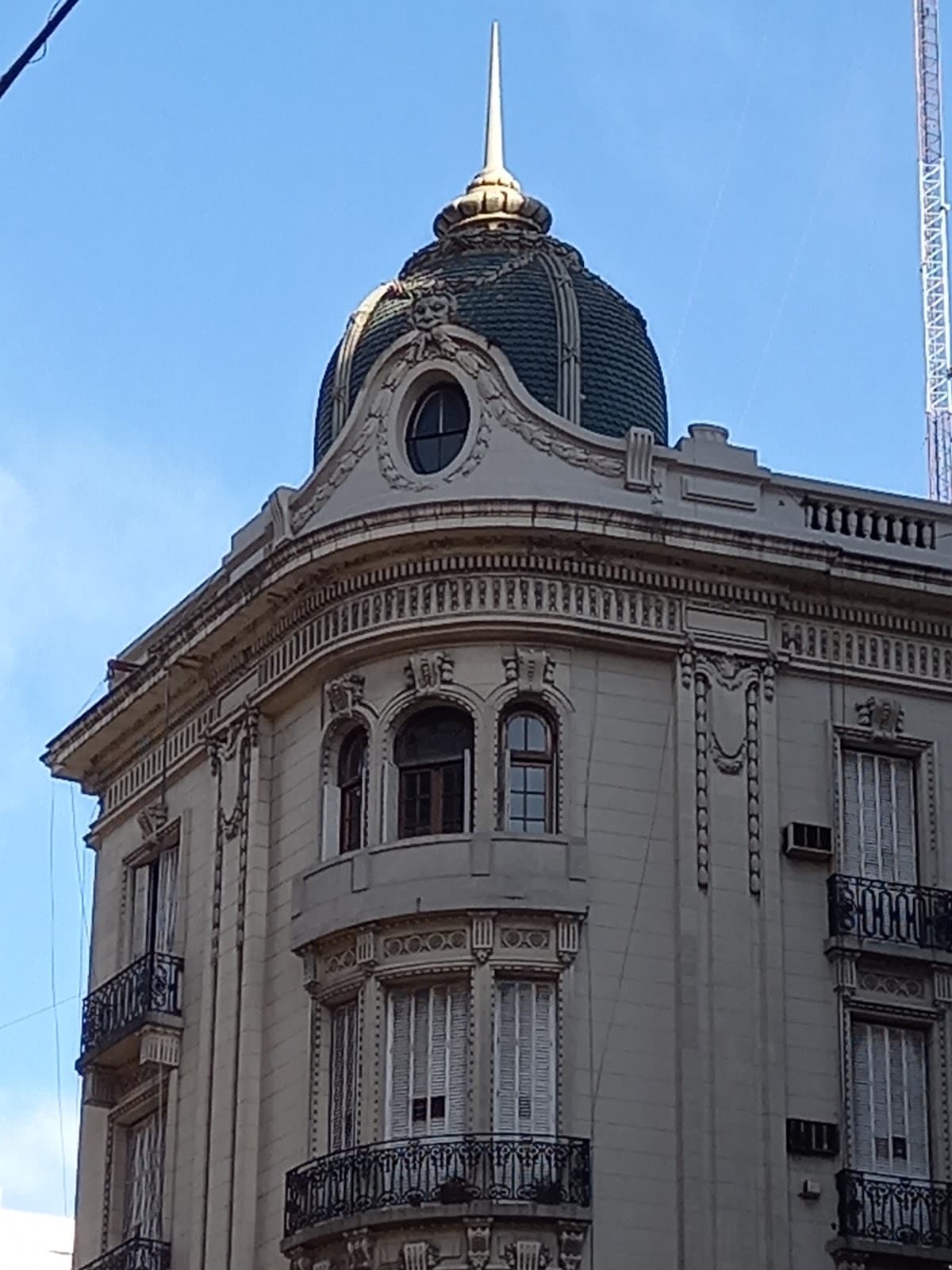

Social
from TikTok, Instagram & Reddit